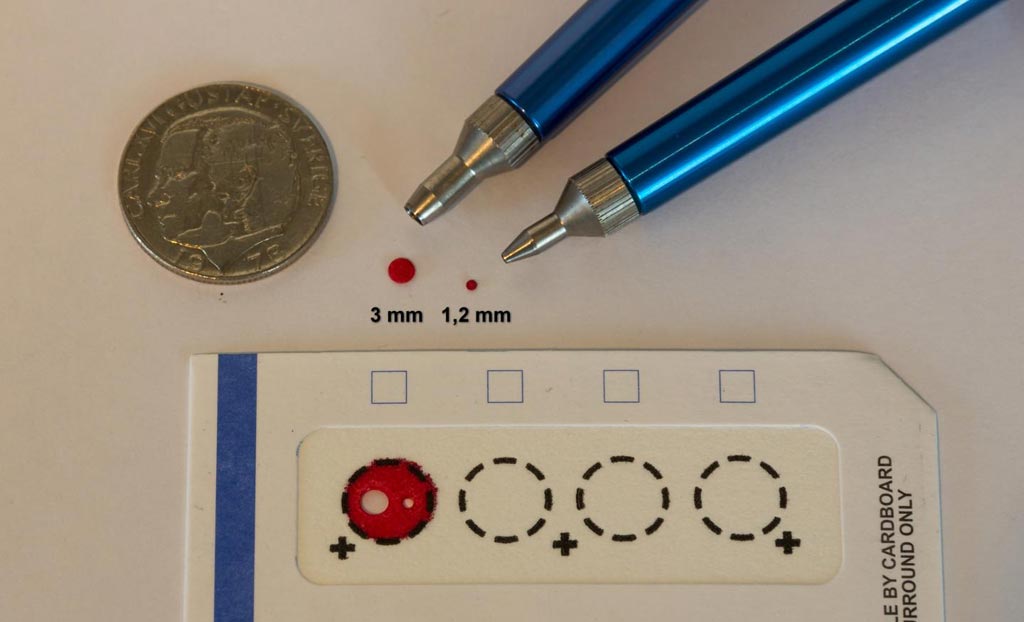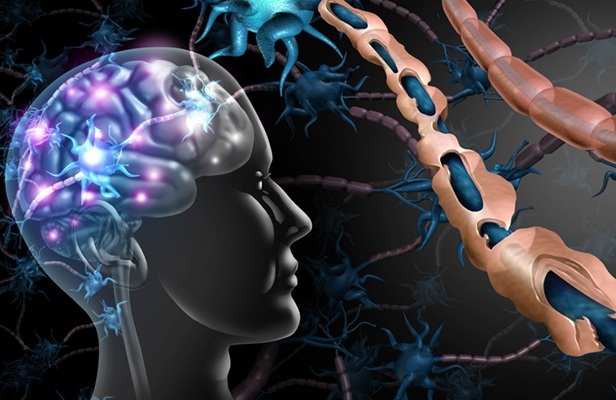Blood Sample Storage Evaluated for PEA Analysis
By LabMedica International staff writers
Posted on 29 May 2017
A team of Swedish researchers evaluated and optimized conditions for storing samples of dried blood for current and future proximity extension assay (PEA) analysis.Posted on 29 May 2017
Dried blood samples are attractive for sample preservation due to the ease and low cost of collection and storage. In a recent study, investigators at Uppsala University evaluated their suitability for protein measurements. The investigators analyzed 92 proteins with relevance for oncology using multiplex proximity extension assays (PEA) in dried blood spots collected on paper and stored for up to 30 years at either plus four degrees Celsius or minus 24 degrees Celsius.

Image: Drops of blood on filter paper, easy to store for future diagnostics (Photo courtesy of Jan Björkeste, Uppsala University).
According to the PEA method, a pair of oligonucleotide-labeled antibodies is allowed to pair-wise bind to the target protein present in the dried-blood sample in a homogeneous assay, with no need for washing. When the two probes are in close proximity, a new PCR target sequence is formed by a proximity-dependent DNA polymerization event. The resulting sequence is subsequently detected and quantified using standard real-time PCR. This method, which has been commercialized under the name Proseek Multiplex by Olink, allows detection of levels of 96 proteins (including four controls) from a disc 1.2 millimeters in diameter punched out of a dried blood spot (DBS) on filter paper.
The main findings of the study were that (1) the act of drying only slightly influenced detection of blood proteins in a reproducible manner, (2) detection of some proteins was not significantly affected by storage over the full range of three decades (34% and 76% of the analyzed proteins at plus four degrees Celsius and minus 24 degrees Celsius, respectively), while levels of others decreased slowly during storage with half-lives in the range of 10 to 50 years, and (3) detectability of proteins was less affected in dried samples stored at minus 24 degrees Celsius compared to at four degrees Celsius.
"This has several implications. First, you can prick your own finger and send in a dried blood spot by post. Second, at a minimal cost, it will be possible to build gigantic biobanks of samples obtained on a routine clinical basis. This means that samples can be taken before the clinical debut of a disease, to identify markers of value for early diagnosis, improving the scope for curative treatment," said senior author Dr. Ulf Landegren, professor of molecular medicine at Uppsala University.
The study was published in the May 13, 2017, online edition of the journal Molecular & Cellular Proteomics.













